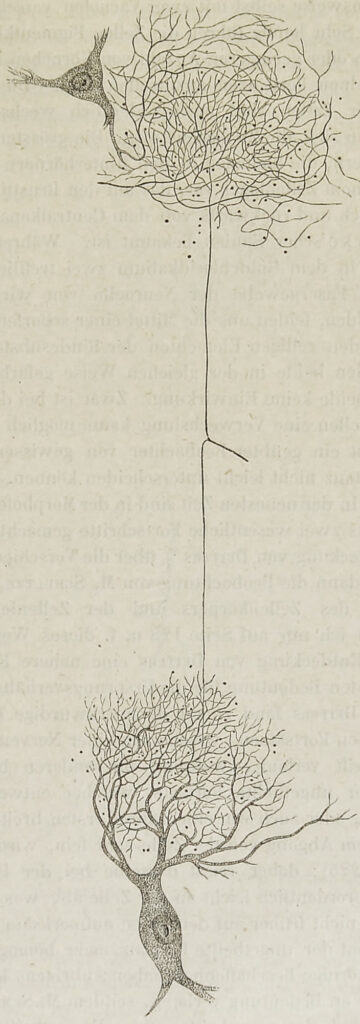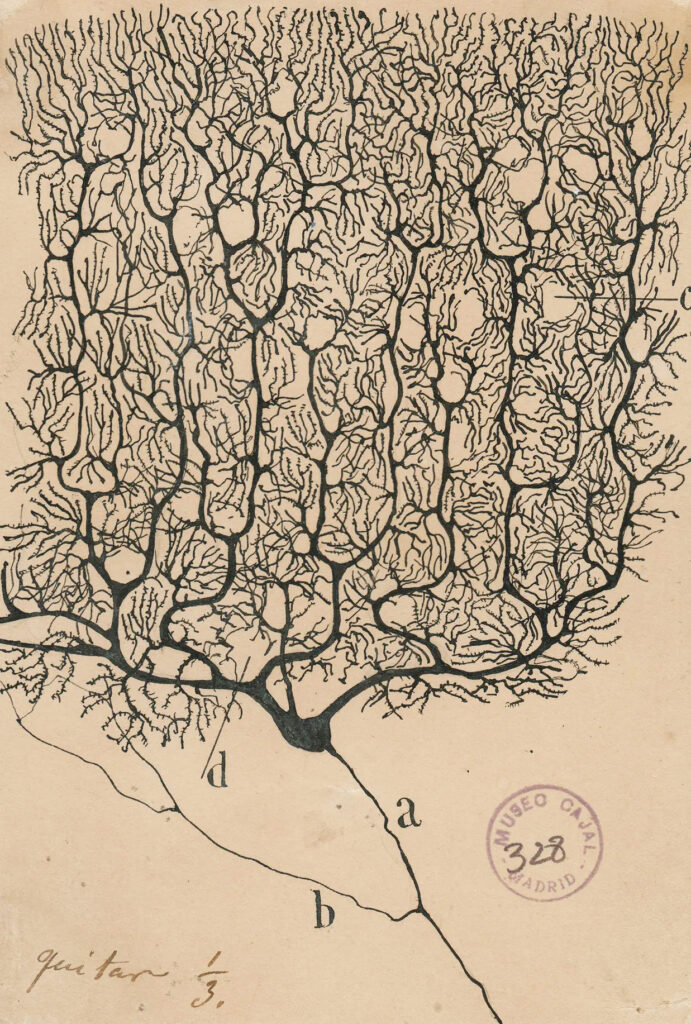Camillo Golgi couldn’t stop thinking about Santiago Ramón y Cajal.
As the wan December sun began to rise on icy Stockholm, his mind turned again to his extroverted Spanish antagonist. Thirty-three years earlier, in 1873, Golgi had developed the black reaction, a technique that revealed for the first time the elegant detail of a neuron in its entirety. His work had launched one of the most profound scientific explorations of the era—the study of the brain at the cellular level—and established Golgi as a pioneer in the field.
The Nobel Prize committee had beckoned Golgi to the Swedish capital to be feted for his accomplishments. Under different circumstances the recognition might have been a gratifying moment of self-reflection for the reserved and ever-busy Italian. But for Golgi, it would be the last stand in an increasingly bitter fight.

In the three long decades since Golgi first devised the technique that he said could “demonstrate, even to the blind,” the structure of the brain’s tissue, his misguided devotion to an outdated theory had chipped away at his reputation. Once mainstream, his concept of the nervous system was now a relic. In the intervening years, his rival, Cajal, had modified and refined Golgi’s black reaction to advance a new paradigm, an effort Cajal had declared, in his boisterous manner, “an act of rebellion” against the status quo—and, by extension, Golgi.
By 1906 Cajal had supplanted the Italian, discovering through his microscope elusive truths that had shaped the modern study of the nervous system. He, too, was in Stockholm that December. The prize was to be shared.
As Swedish anatomist and Nobel committee member Gustaf Retzius said, Golgi supplied “the key to open the building that encloses the secrets of the nervous system, but only Ramón y Cajal taught us how to use it.”
Frost clung to the coats of scholars and scientists as they strolled through the doors of the Royal Academy of Music just before noon on December 11, entering a hall ornately decorated for the occasion. An enormous laurel wreath covered in blue and gold ribbons loomed behind the stage, where the Italian and Spanish flags were displayed together, alongside a bust of Alfred Nobel himself. The guests were all there to recognize the inextricable achievements of these two rivals who had only just met for the first time.
Golgi’s speech that day would be the culmination of a dispute in the nascent days of neuroscience that was driven by ego and interpretation—a struggle to establish the theoretical foundation from which investigators would venture into the unknown depths of the brain. As he prepared to address the international scientific community, Golgi refused to yield.






















